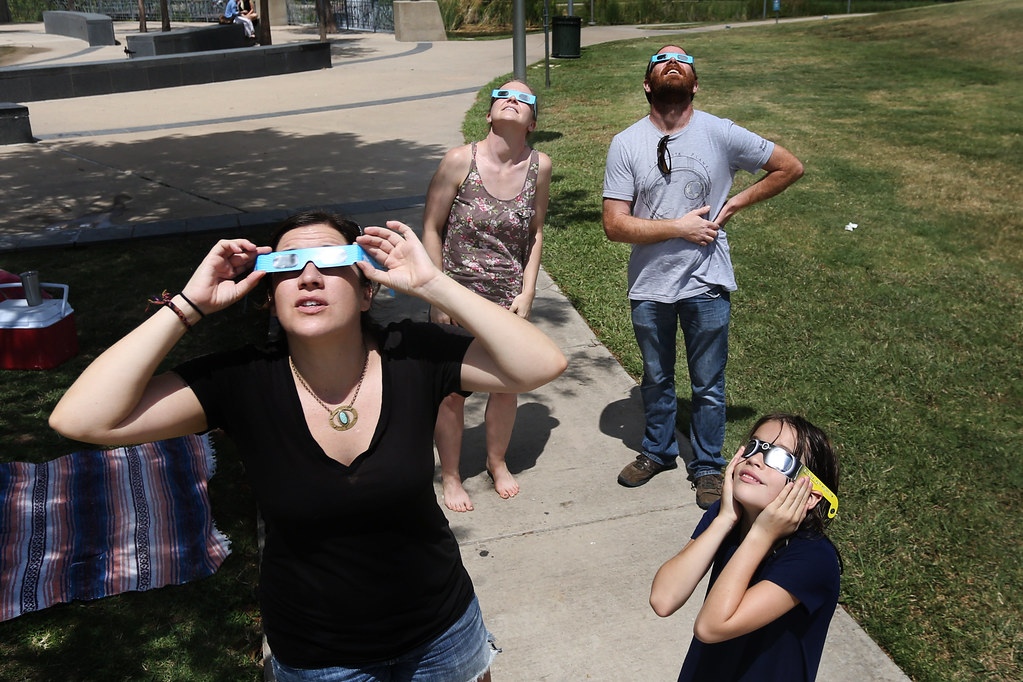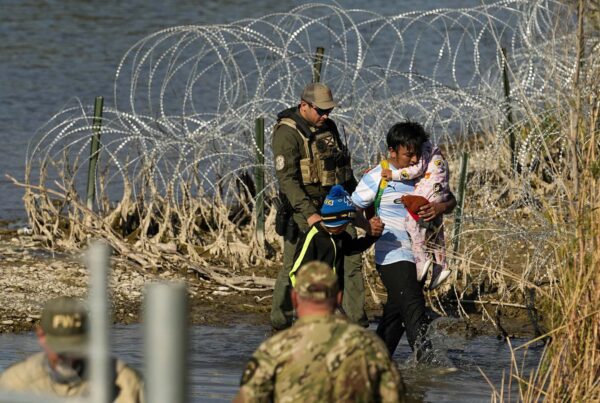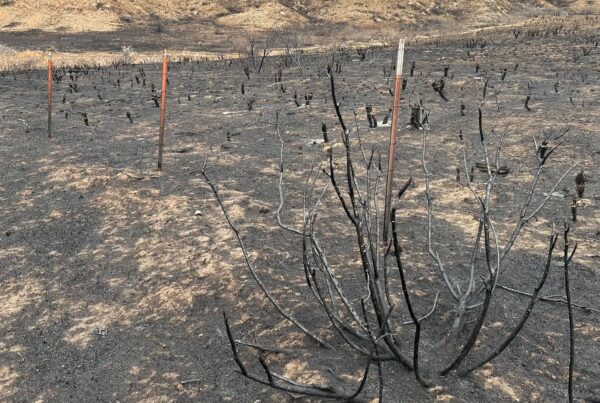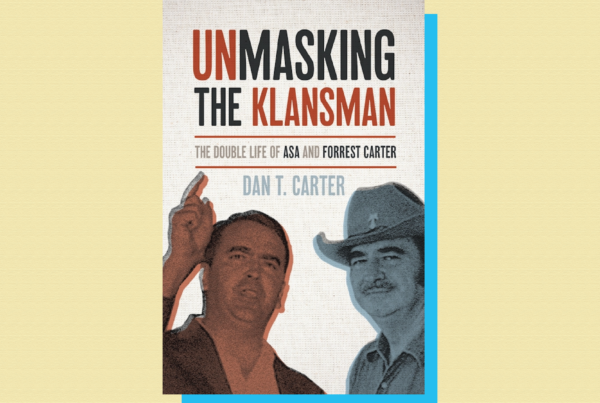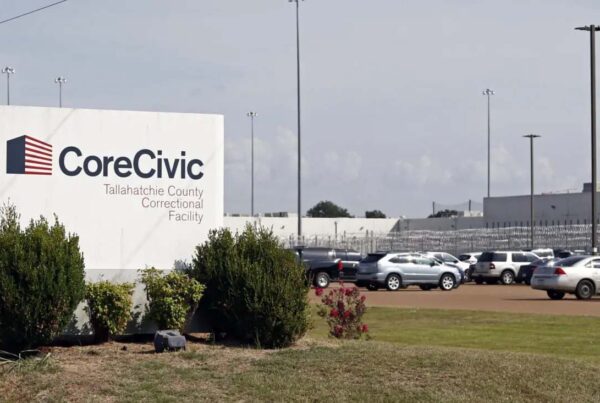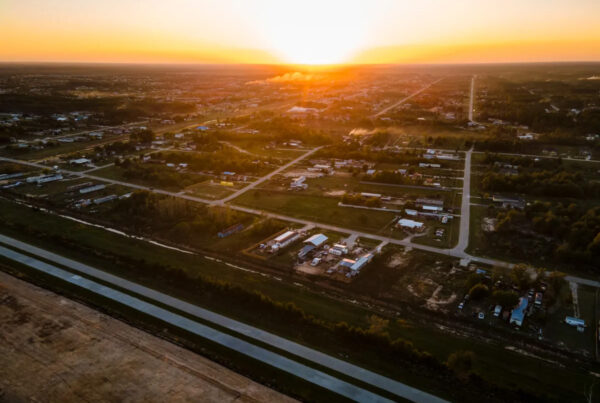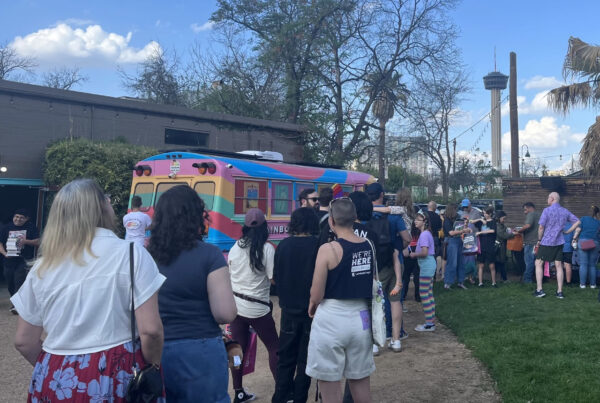When a total eclipse was visible in Fort Worth on July 29, 1878, astronomer Alfred Freeman had a big idea to capture it in a tintype photograph. It was only marginally successful.
Now, with totality set to come back through Texas on April 8, there’s going to be a re-do.
Tintype photographer John Hall will be behind the camera at the Mesquite Solar Rodeo Festival. He joined the Texas Standard to talk about how he got into tintype photography and the process behind it. Listen to the interview above or read transcript below.
This transcript has been edited lightly for clarity:
Texas Standard: I understand you’ve done quite a bit of research about this 1878 photograph attempt. Why was capturing it on tintype only partially successful?
John Hall: Well, it was more just to do the technology of the times. I mean, obviously the photographer had never had any practice with an eclipse, so I wouldn’t say he didn’t know what he was doing, but it was the first time shooting one.
Two of the cameras he used were straight-up portrait cameras, and I think they were very unsuccessful with those. The third camera worked a little bit better, but just the technology and given the fact that they weren’t able to rig up a mechanism to provide movement with the sun, it made it a little bit difficult.
Well, so will you be doing anything differently from what Alfred Freeman did?
I’m going to pretty much do everything as close to the way he did it as possible. At the time that they did it, you know, they had scientific aspirations. I think on our day out there, we’re going to be a little bit more attuned to entertainment aspirations. Just to give the people out there something to draw their interest in the four minutes that there isn’t an eclipse.
So for me, I think we’re going to try to do everything as close as possible to the way that Freeman did it, including using basically the same lens, the same chemistry, the same process. Basically, everything will be exactly the same.
» MORE: Turning the sight of the upcoming total eclipse into sound
After the image is captured, how long will it take to process it?
Well, it’ll take about only a couple of minutes, actually. In a couple of minutes I’ll process the negative and you’ll be able to see the image in the tray of water – so we’ll know pretty quickly if I’ve gotten it right.
You don’t hear about many people doing tintype these days. How do you get into it?
There are quite a few more people than you would think doing it. I took a trip to Gettysburg, Pennsylvania, maybe 6 or 8 years ago, and I was looking for things to do there online, and I saw a photography studio up there called Victorian Photography Studio that did what they said were real tintypes. And having an interest in photography, I was curious mostly to see the process.
I don’t really like having my picture made, but I really just wanted to see the process, and I did. And I went in and I walked out there thinking, you know, I could probably do that myself. Whether that was a good idea or not, I don’t know this far down the road, but, like everything I get interested in, I got really interested in it, and here we are today.
How would you answer the question if someone were to say, well, is it really worth going to the effort to capture a photo of a total eclipse this way?
You know, today, I assume someone can walk out there with their iPhone and buy a filter online to stick on their phone and probably get a better photo of the eclipse.
But the interest here, I think, is just going back to the last eclipse that came through and this story of these guys that came to Fort Worth and the Dallas photographer who attempted to capture the eclipse, and I think just redoing that is the bigger interest.
I don’t anticipate that I’m going to have a great photo of the eclipse. I mean, there will be plenty of people around here that are going to get fantastic photos of the eclipse. Mine won’t be that, but mine will be 100% handmade by a photographic process from the 1850s.
» MORE: The total solar eclipse is less than a month away. Here are some places to see it in Texas
And there’s something beautiful and poetic about the continuity there, too, it seems to me.
Yeah. I mean, it all kind of fell into place, I think, once I discovered Alfred Freeman. I discovered the story of the eclipse and became very interested in that, and I started looking for photographs that Alfred Freeman had taken.
I bought one, and after I bought it, I posted it online because I was so proud I had it, and I think the first contact I got was from the second great-grandson of Alfred Freeman, who lives in San Antonio. So that kind of closed the circle. He’s going to be up here for the eclipse. He’ll be on site when we do it, and I just think that adds even more interest to it.


